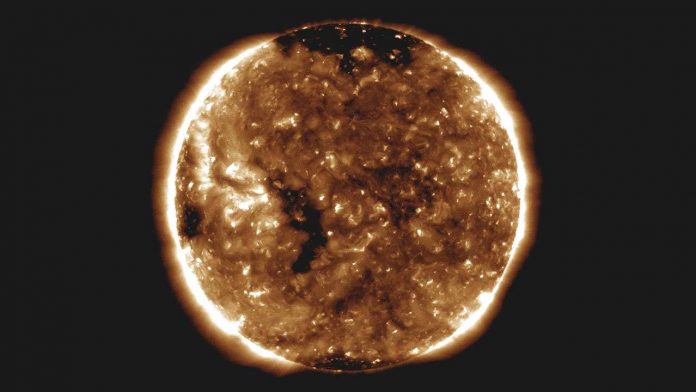Scientists just released the first results from NASA’s Parker Solar Probe, a mission to “touch” the sun. NASA launched the probe in August 2018, and it has already made a few laps around the sun. Along the way, it’s brought new insights into the sun’s outer atmosphere, as well as uncovered surprising facts about the solar wind and the sun’s magnetic fields.
The Parker Solar Probe is a specially crafted vessel designed to operate in close proximity to the Sun. The spacecraft can withstand insanely high temperatures, enabling it to gather unprecedented data on our star and its effects on our planet. The four newly published studies detail findings that are the direct result of two record-breaking Sun flybys successfully performed by the Parker probe.
The space agency has detailed a selection of the ‘surprising’ findings Parker has helped make about our Sun, including entirely new information about how the Sun rotates and how that rotation affects solar wind. NASA explained in an announcement today:
Understanding this transition point in the solar wind is key to helping us understand how the Sun’s rotation slows down over time, with implications for the lifecycles of our star, its potentially violent past, as well as other stars and the formation of protoplanetary disks, dense disks of gas and dust encircling young stars.
Other recently detailed findings include details about a type of magnetic field event called a ‘switchback,’ information about when dust starts to thin out near the Sun (spoiler: it’s about 7 million miles away), and findings related to solar energetic particle events, which help shed light on space weather near Earth. Full details, including data from the solar flybys.















